As far as tires go, they could last longer than you think. However, while they can give you a thousand miles on the road, always remember that tires don’t last forever. In this article, we have thoroughly researched studded tires so you can have an absolute answer on how fast they can go.
Many studded tires are rated for speeds up to and over 100 mph. However, studded tires are primarily used for driving on snow. In these conditions, you generally don't want to drive faster than 40 mph.
Also, studded tires require a break-in period. During this period, studded tires can go less than 31 mph for the first 62 miles without having any hard acceleration.
Now that we know how fast can you go with studded tires, we will look at some important details about the studded tires itself. You might also be wondering about the advantage and disadvantages of having a studded tire. Are those tires right for you? All these and more will be answered and covered in this article. So, you better continue reading and let us uncover those answers.
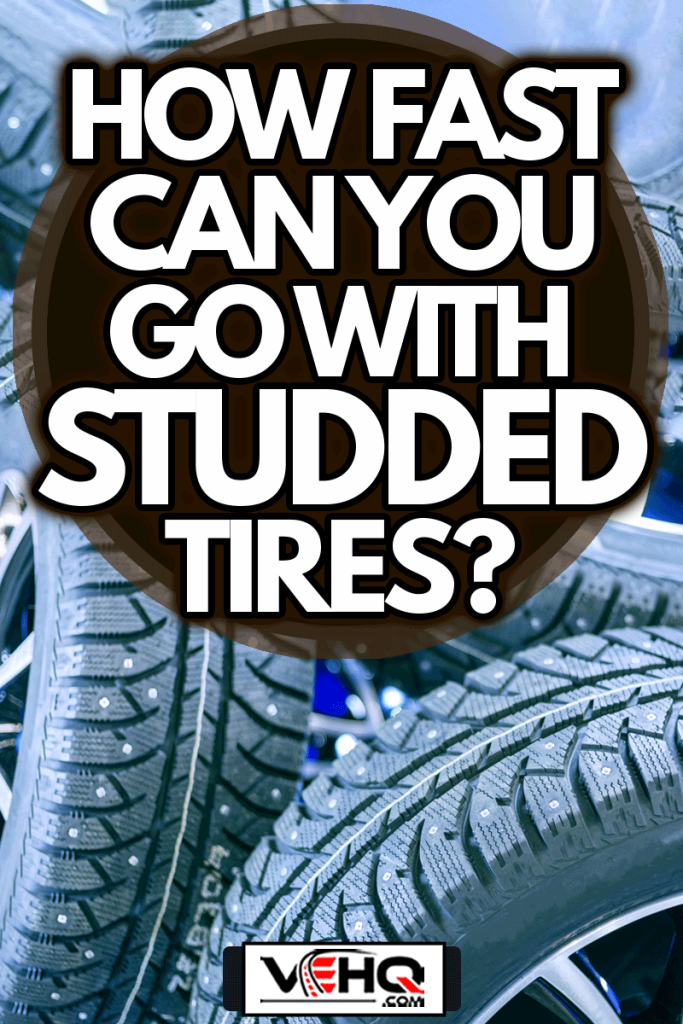
The Pros and Cons of Studded Tires
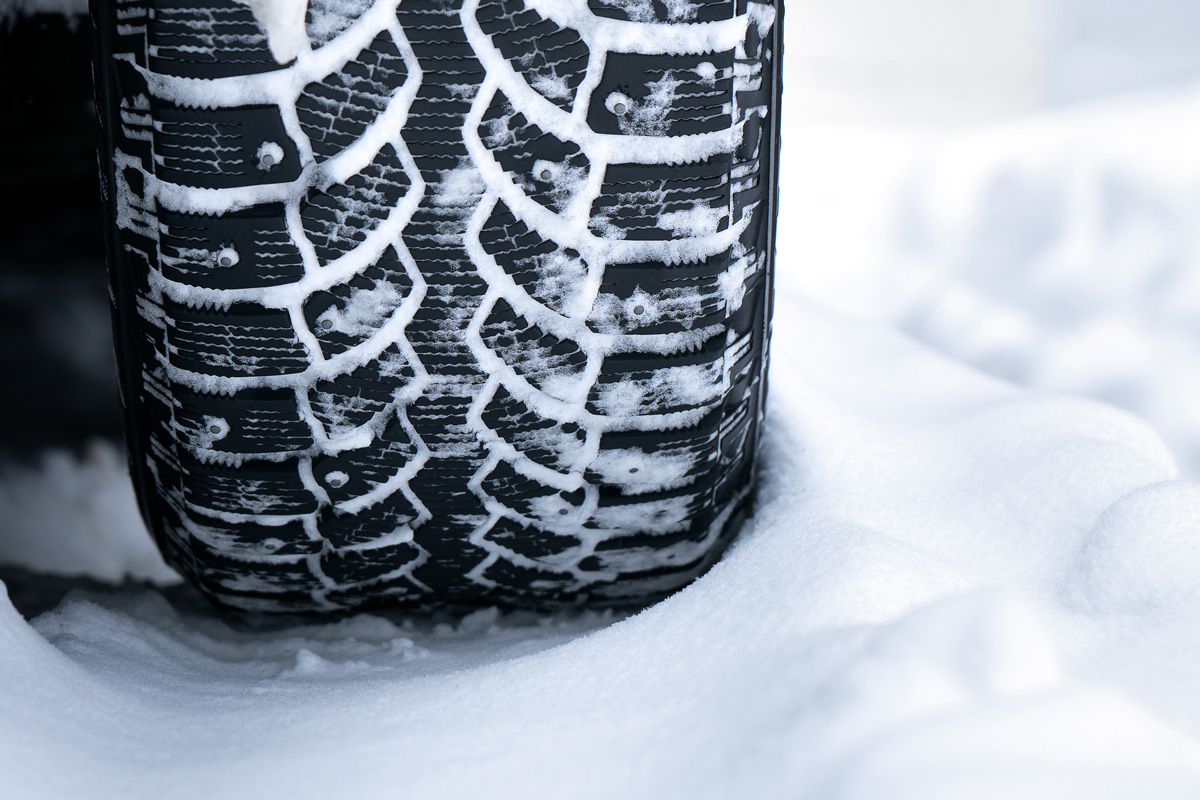
You may check this out on Amazon.
Pros
Stable driving
If you have experienced driving in a car with cables and chains, then you know its level of vibration. This is enough to cause the car to slide out of control if you are unfamiliar with how it responds to a certain condition. When driving with studded tires, you may lose the extra chatter that takes place when stepping on the accelerator. Even if there is thick snow on the road, it feels like you are just driving normally.
Continuous driving
Driving in a challenging weather conditions without using studded tires often requires chains and cables while crossing in a distressed area. This means that you need to stop the car, go outside, and wrap the product in your car.
Bringing a tarp with you won’t work because there is a great chance that you can get dirty and damp while you prepare your vehicle for a drive.
When having a studded tire, you don’t need to stop. You can continue driving because your care is ready to handle a challenging situation. This means that you will have fewer stops to reach your desired destination.
No issues of losing cables and chain
Since cables and chains are mandatory in snowy areas, saving some cash for standard tires to be paired with your wheels should be observed. You need to understand that cables and chains will break especially when you exceed the required speed for such tires. Oftentimes, you only require 30 miles per hour. It may lose at times when locking mechanisms start to malfunction.
For a front-wheel-drive and lose chains or cables, you can get stuck until the tow service arrives. With studded tires, you won’t get into trouble like this.
To deal with severe weather conditions
There are communities that advocate for the use of studless tires for severe weather conditions, especially in winter. This design has a deeper treat that is dependable for driving during winter.
A lot of products are suitable for driving on snow, as the design is used to help you accelerate, slow, and break.
A studded tire offers the same benefit while also helping every driver to avoid being stranded on the highway.
Safe incline when driving
Studded tires are of great advantage when driving on a mountain slope during winter. Plowing is a challenging task as you need cables and chains to make sure that you have the full grip necessary for safe driving.
You can keep your driving momentum during an uphill climb using studded tires while limiting the risk for slip as you descend.
Prevent vehicular damage
If you will lose a chain or cable when driving, then expect possible damage from the exterior of your car or some parts that may support the damage.
Cables and chains provide warnings about where you should place those locks to ensure that the damage does not occur. Since your need to continue driving, you can find yourself paying for a repair. Having a studded tire, this would disappear. You can still face different challenges along the way, but the risk of damage will be reduced.
Made from Tungsten
A stud’s strength is unmatched. Most manufacturers make use of tungsten to give you the hard grip needed for the most challenging conditions while driving.
The Cons
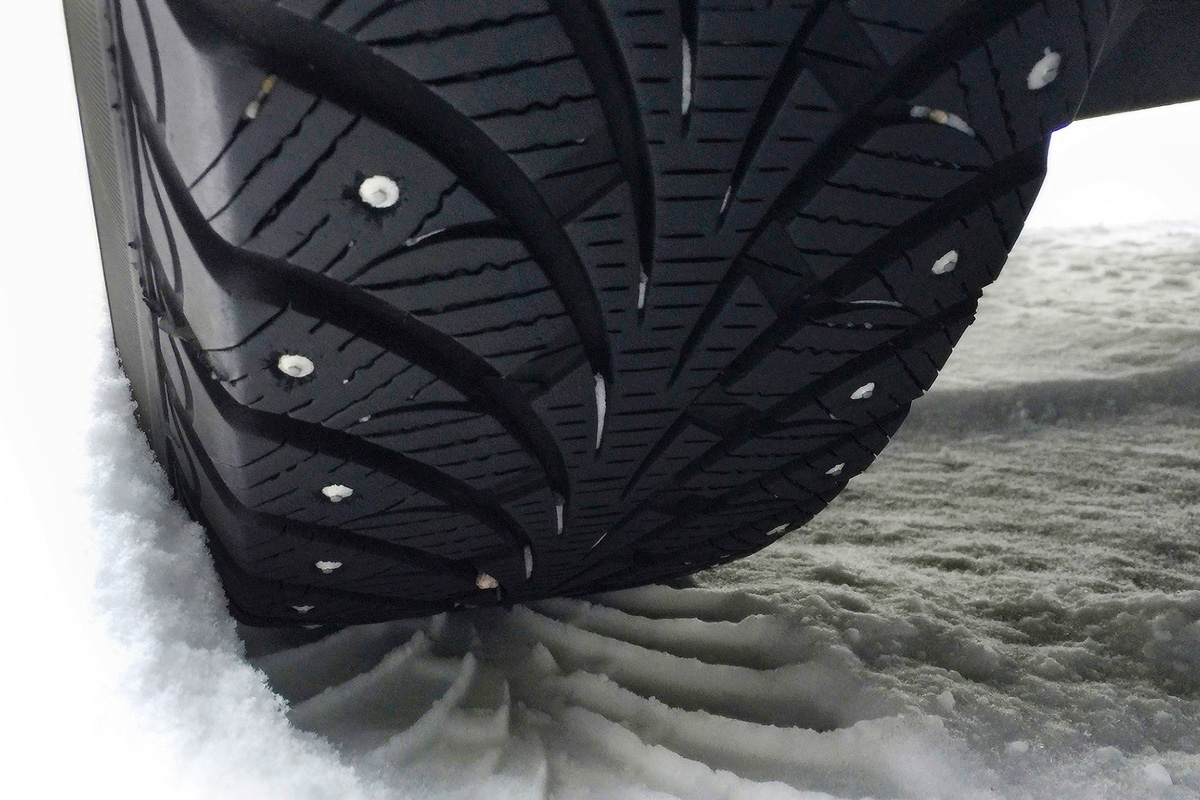
Produces noise
The exterior noise that you encounter using studded tires is knowingly higher because of the metal impact on the road. Although the sounds are less than using cables and chains, the only way to remove this issue is by using a studless tire.
Forced to maintain two sets
Studded tires will excavate into pavements where there is not too heavy rainfall, you must take them off your vehicle each year in different locations. So, if you are fond of driving outside your permitted location, you can be fined by your local enforcer and make fines for your violation.
To avoid this issue, you must maintain two sets of tires.
Studded tires cost more than regular tires
For smaller cars, it can cost you around $300 for four tires. This is usually close to $600 to make it a complete set. A truck and SUV with studded tires can cost you around $400 each up to $1,200 for a complete set.
The initial cost of a studded tire is twice of the standard tire. This is significantly higher than the cost of chains and cables for an average passenger vehicle.
Not all studded tires can be found inside the factory
You will notice that when you start looking for a studded tire, it is made directly at the factory while others are from the retail stores.
Although you can save money from pick-up stores, the tires from retail stores create a great impact on the road. Try to search for studded tires which are direct from the manufacturer to avoid the possible disadvantage.
Change the entire tire set
You are obliged to change four tires during winter when you are permitted to use studded tires. Driving with only two studded tires might lose your control during driving.
If you choose to bring chains or cables in the winter, then passenger vehicles only need two wheels that help create an initial momentum while driving.
Does not improve traction
Studded tires are an investment that really pays. You can easily drive on a snowy road and in a very icy situation. When you wish to drive on a treated road, then there is no substantial development on how your vehicle would handle the situation when driving on the road.
Are studded tires right for you?
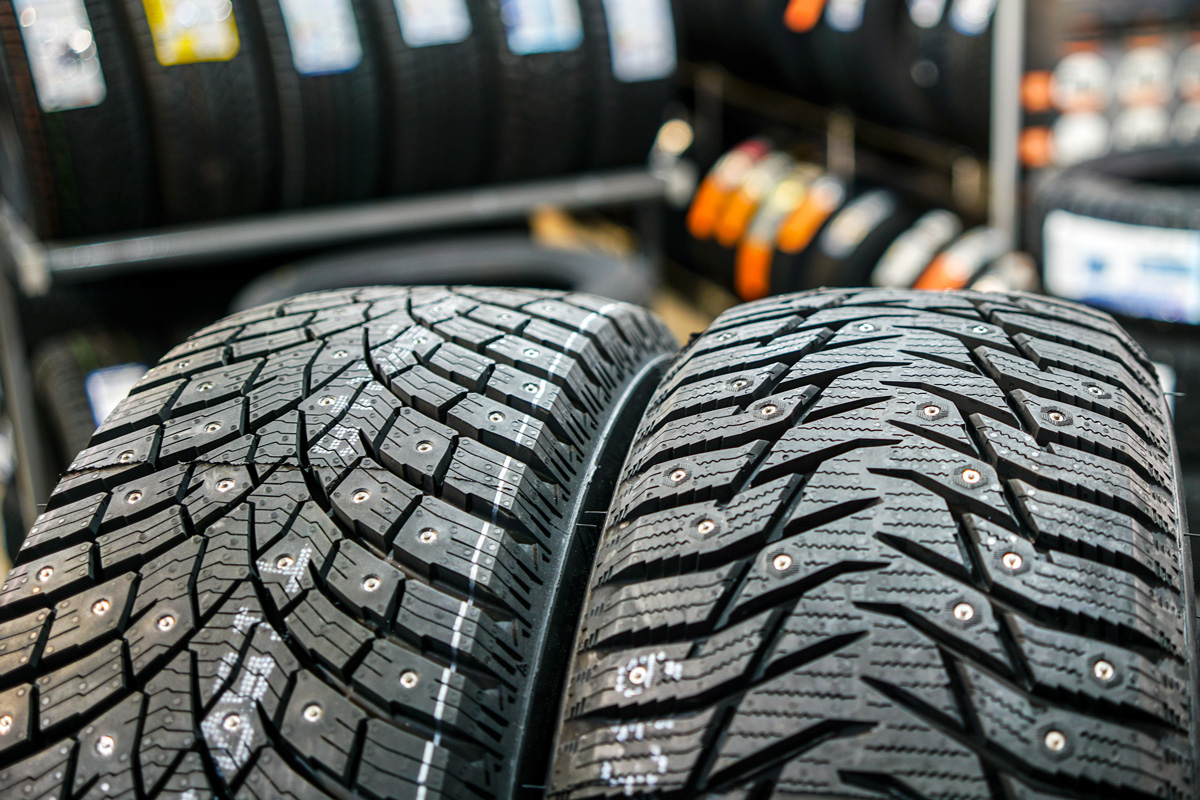
You really need studded tires if you are facing any of these conditions:
- Ice
- Heavy snow
- Severe winter season
Ice
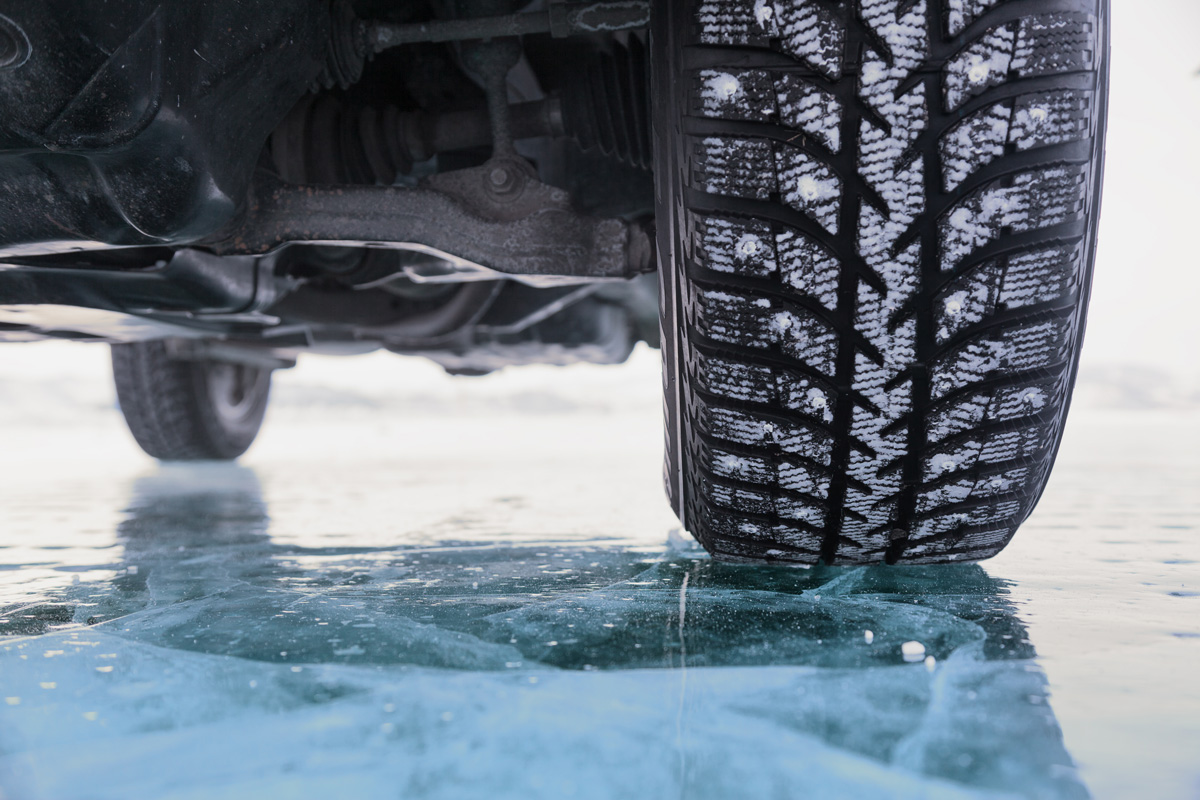
With thousands of studs on the road, studded tires can offer you the best performance when dealing with icy situations.
Heavy snow
On some standard tires, heavy-packed snow clogs, and soon it is like ice for ice. There is no better grip that would occur.
With studded tires, the metal pins will dig into the surface and will maintain a hard and flexible patch on the road.
Long winter season
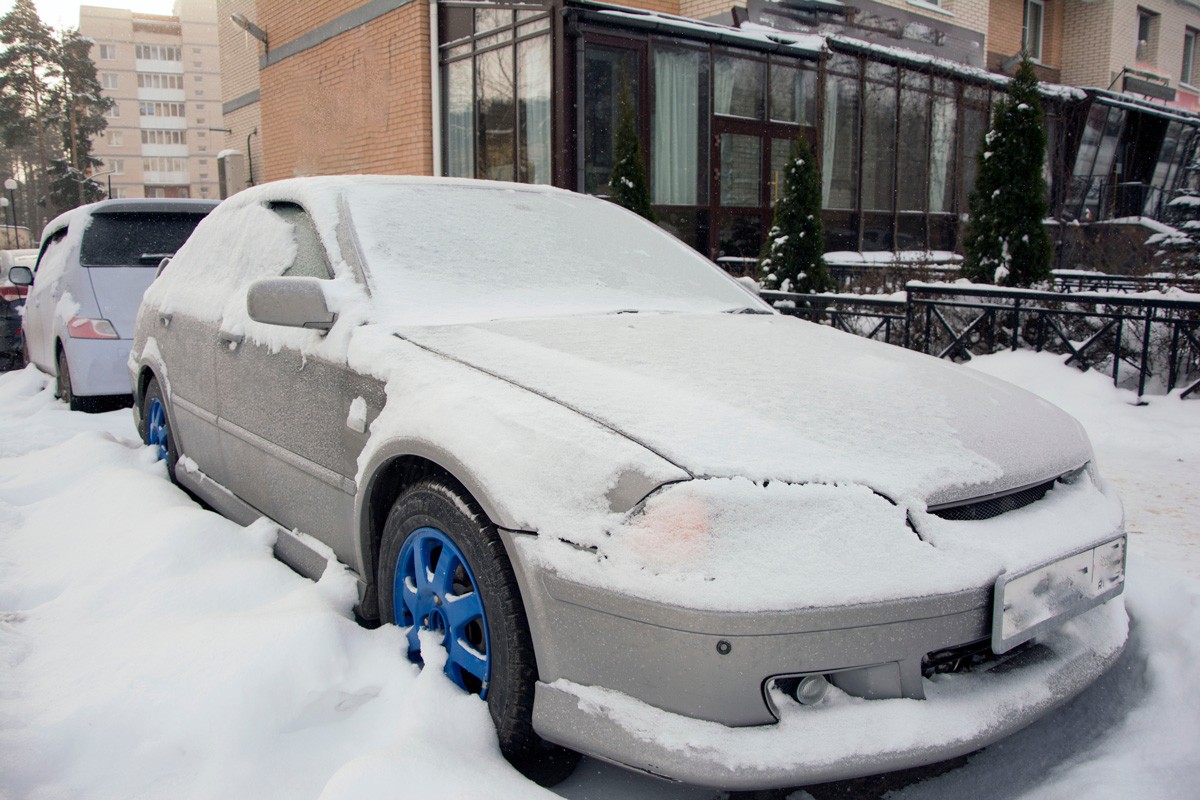
A non-studded tire is a good option when you are living in an unpredictable location.
Signs that your studded tires have been worn out
- Lack of air pressure – The right amount of air pressure should be followed to prevent under or overinflation. In this way, you won’t easily damage your tire.
- Punctured tire – Any cut on the tire should be repaired. However, when you experience this while driving on the road, you may swap the punctured tire with your spare one. This will prevent future damage.
- Bulges – This is a sign for replacement. Once the tire bulges, this means that the cords are already been damaged also.
In conclusion
Anything that is valuable should be cared for and maintained, so as with tires. Make the most of your tires and do not forget to apply the important information mentioned above.
If you found this article helpful, make sure to check out this related post:
How to Drive on Ice (Tips that Could Save Your Life)

